
A Simple and sensitive SYBR Gold-based assay to quantify DNA-Protein interactions ($) (Plant Molecular Biology)
Plant Science Research WeeklyGene regulation occurs at multiple levels including transcription. During transcription, transcriptional factors bind to specific target sequence which allows the recruitment of other proteins including RNA polymerase that enables transcription. Understanding such an intricate mechanism allows researchers…
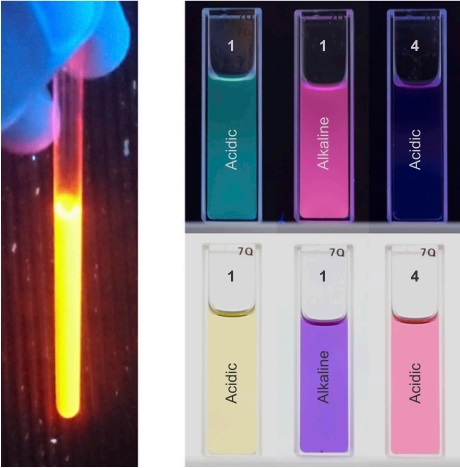
Auronidins are a previously unreported class of flavonoid pigments that challenge anthocyanin biosynthesis evolved in plants (OA) (PNAS)
Plant Science Research WeeklyPlants produce pigments as a protective strategy against biotic and abiotic stress. In angiosperms, anthocyanins are the main flavonoids that play a role in this function. As the early-diverging land plant, Marchantia polymorpha also produces red pigments in response to environmental conditions, it was…
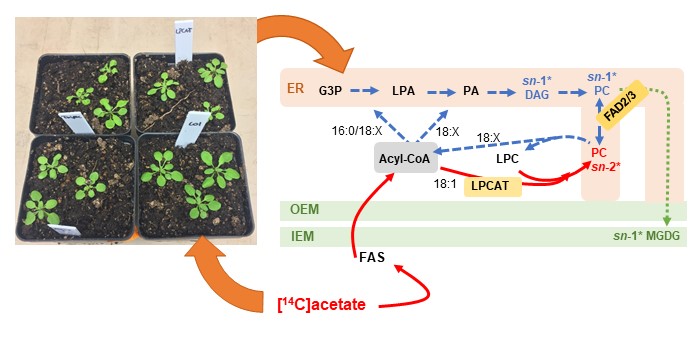
The “Ins and Outs” of ER–Chloroplast Lipid Trafficking
Research, The Plant Cell, The Plant Cell: In a NutshellKarki et al. revisit the long-standing question of how and where lipid trafficking occurs during galactolipid synthesis. They report evidence for metabolically distinct pools of phosphatidylcholine, suggesting an underlying spatial organization in the ER–chloroplast metabolic interactions. Plant Cell…
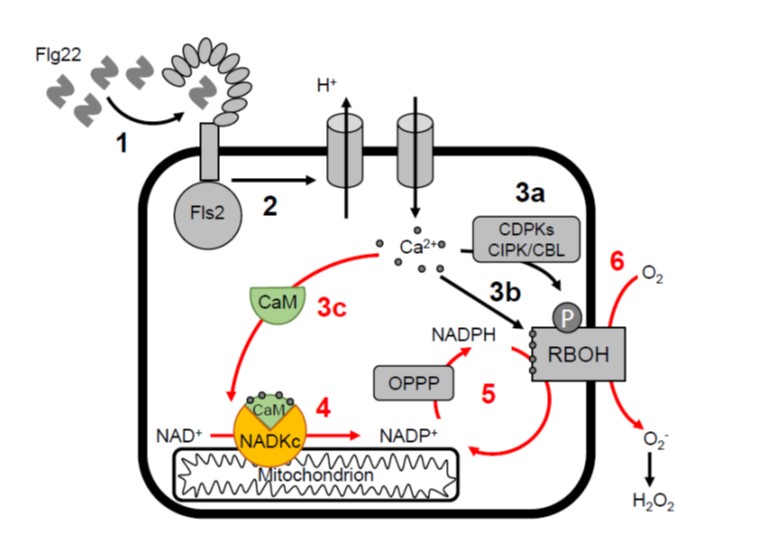
Identification of calmodulin-dependent NAD+ kinase that sustains the elicitor-induced oxidative burst (Plant Phys)
Plant Science Research WeeklyWhen pathogens attack, one line of defense is the production of a burst of reactive oxygen species (ROS) which triggers additional defences. ROS is produced by the action of NADPH oxidases, which require NADPH as a substrate; NADPH is derived from NADP+, but where does this come from? Previous studies…
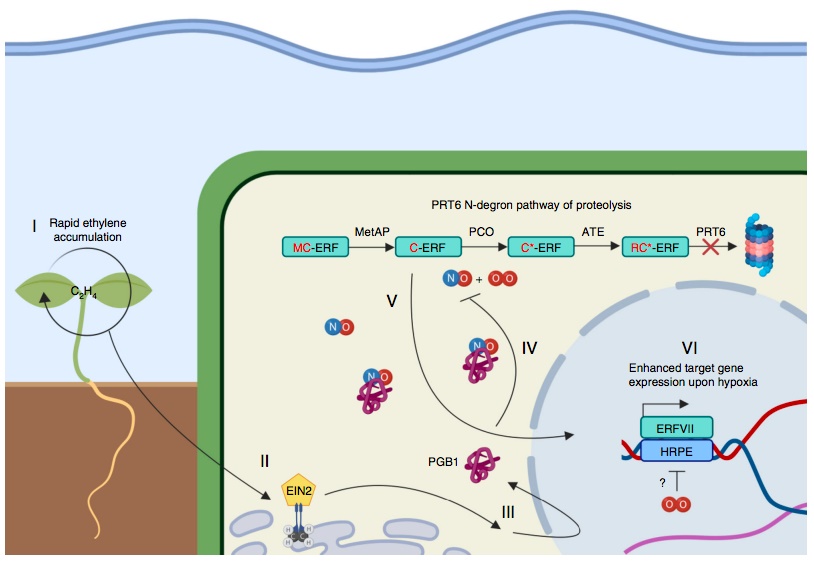
Ethylene-mediated nitric oxide depletion pre-adapts plants to hypoxia stress (Nature Comms)
Plant Science Research WeeklyClimate projection models predict an increasingly wetter world with frequent and severe flooding events, causing loss of crops. As it is for other organisms, it is a challenge for plants to stay under water for long periods. However, how plants react to submergence is poorly understood. Environmental…

Cannabis glandular trichomes alter morphology and metabolite content during flower maturation ($) (Plant J)
Plant Science Research WeeklyThe therapeutic and recreational applications of Cannabis sativa (Cs) attract public and clinical interest thanks to its secondary metabolites (cannabinoids and terpenes) synthesized and stored in glandular trichomes, hair-like epidermal protrusion densely concentrated in the flowers. Little is known…

Review: Structural biology of cell surface receptor–ligand interactions (COPB)
Plant Science Research WeeklyIn recent months, a flurry of papers have come out that reveal new insights into the structural interactions of cell-surface receptors with each other and with their ligands. This timely review by Moussu and Santiago captures the highlights, in case you haven’t been following along. The review features…
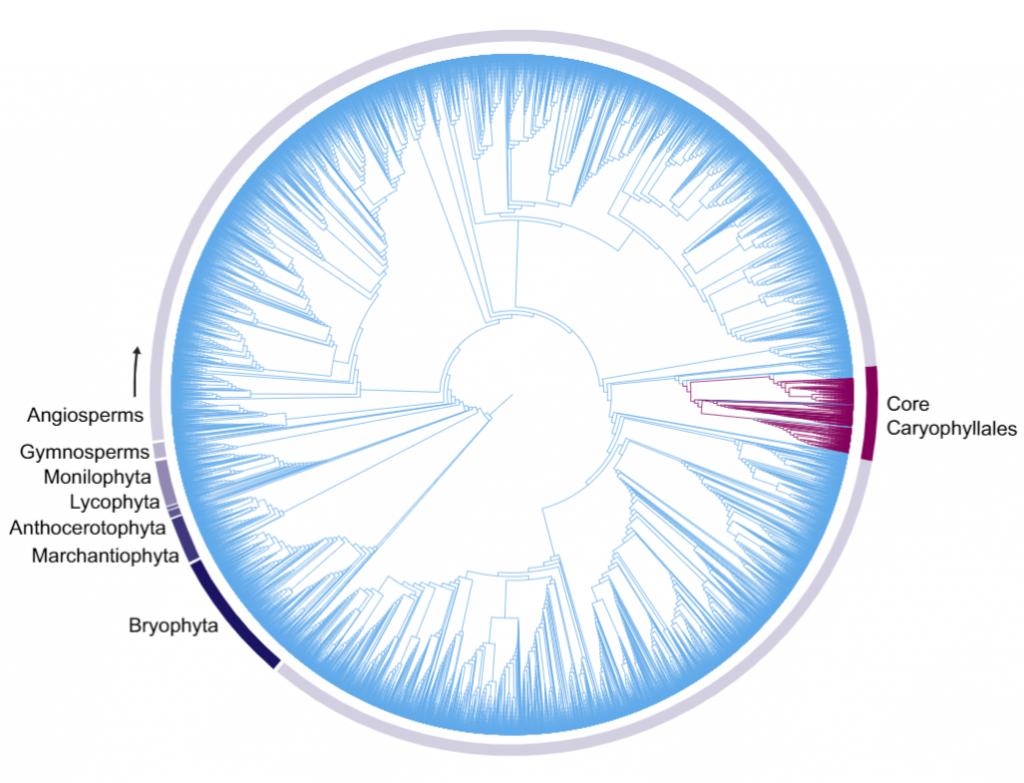
Review: The evolution of betalain biosynthesis in Caryophyllales (New Phytol)
Plant Science Research WeeklyIn the flowering plant order Caryophyllales (which includes beets), betalains substitute for anthocyanins, which are the most common form of pigmentation across the land plant phylogeny. Also found in the Basidiomycota fungal lineage, betalains are tyrosine-derived pigments that comprise of two groups…
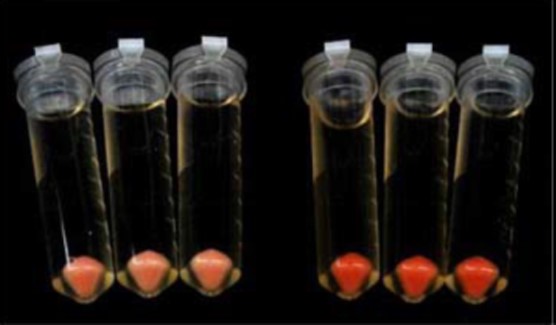
Critical residues for carotenoid biosynthesis by phytoene synthase (Plant Phys)
Plant Science Research WeeklyCarotenoids are diverse structures that contribute to photosynthetic light harvesting and serve as pigments, photoprotectants, and precursors for vitamin A and signalling molecules. Phytoene synthase is the first committed enzyme for carotenoid synthesis, and in tomato it is encoded by two genes, PSY1…

